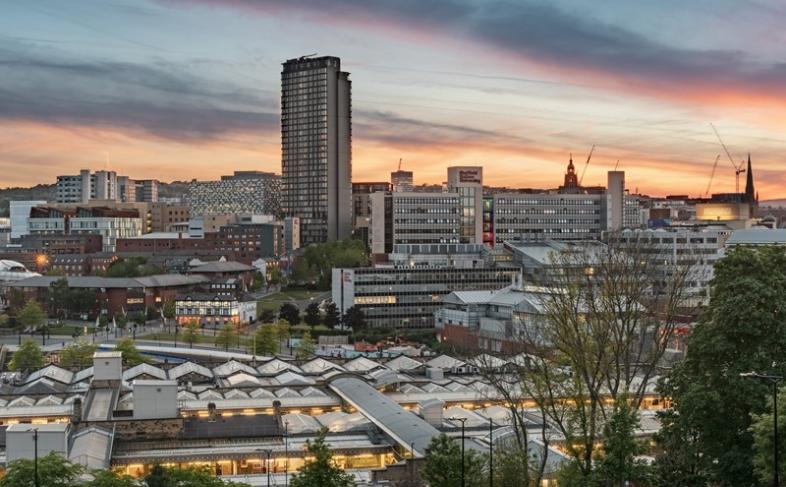The city welcomed 17.4 million visitors, up 4.8% from 2023, with tourism now supporting 15,806 full-time equivalent jobs across the city.
The latest figures, compiled using the Scarborough Tourism Economic Activity Model (STEAM), show that day visitors continue to make up the majority of Sheffield’s tourism, accounting for 15.4 million visits and contributing £1.4 billion to the local economy.
Meanwhile, 1.98 million overnight visitors stayed in the city, generating £445 million in economic impact and spending an average of 2.4 nights in local accommodation.
Tourism continues to be a powerful driver of Sheffield’s economy, supporting thousands of jobs and bringing in over £1.85 billion in 2024 alone.
These figures reflect not just the strength of our visitor offer – from major events and cultural attractions to our stunning natural surroundings – but also the resilience and innovation of our local businesses.
As we look ahead, we’re committed to building on this momentum, ensuring that tourism continues to benefit communities across the city and plays a central role in Sheffield’s growth.
Councillor Mohammed Mahroof, Chair of the Economic Development, Skills and Culture Committee at Sheffield City Council
The data also shows that Sheffield’s visitor economy is a major contributor to the wider South Yorkshire picture. Tourism has brought more than £3.7 billion to the region in total.
Locally, while Sheffield’s serviced accommodation offer, such as hotels and B&Bs, remained stable, non-serviced options such as self-catering and camping saw an incredible 34% increase in visitor numbers – reflecting changing travel preferences and a growing supply of alternative stays.
Spending patterns reveal that shopping remains the top expenditure category, followed by food and drink, transport, and accommodation. The tourism sector’s ripple effect also benefits local supply chains, with £606 million of the total impact coming from indirect and induced spending.
Sheffield’s appeal as a destination continues to grow, thanks to its blend of urban culture and outdoor adventure. From world-class events like Tramlines and the World Snooker Championship to its proximity to the Peak District, the city offers something for every type of visitor.
With tourism now 1.3% above pre-Covid levels (adjusted for inflation), Sheffield’s recovery is not only complete – it’s thriving.
South Yorkshire Local Visitor Economy Partnership
This year’s STEAM data was prepared by Global Tourism Solutions and made possible through the work of the South Yorkshire Local Visitor Economy Partnership (SYLVEP).
The SYLVEP is a collaboration between Sheffield City Council, Barnsley Metropolitan Borough Council, City of Doncaster Council, Rotherham Metropolitan Borough Council and the South Yorkshire Combined Mayoral Authority (SYMCA).
Its purpose is to work collectively on shared priorities and targets to foster the growth of the local visitor economy. It is part of the new national tourism framework and works closely with Visit England.
The STEAM data is invaluable for us a partnership and for the wider visitor economy as it clearly highlights the vital role of this sector across South Yorkshire. By working collaboratively, we can drive sustainable growth, ensuring that – now more than ever – we encourage visitors to stay longer and spend more with our local businesses.
Sarah McLeod, Chair of the South Yorkshire Local Visitor Economy Partnership

